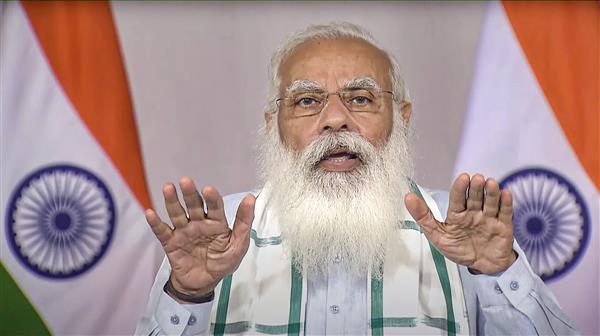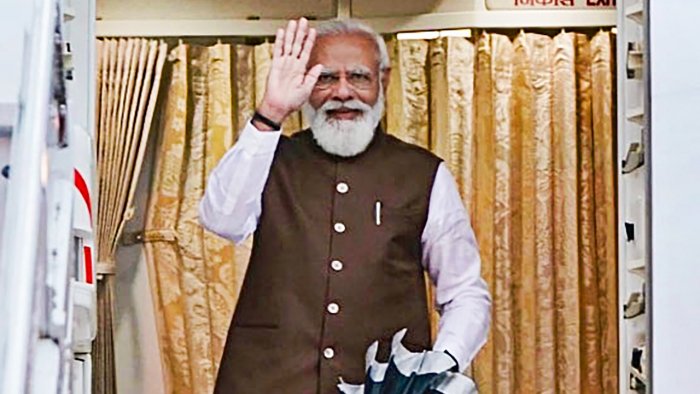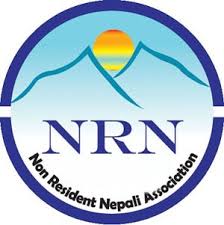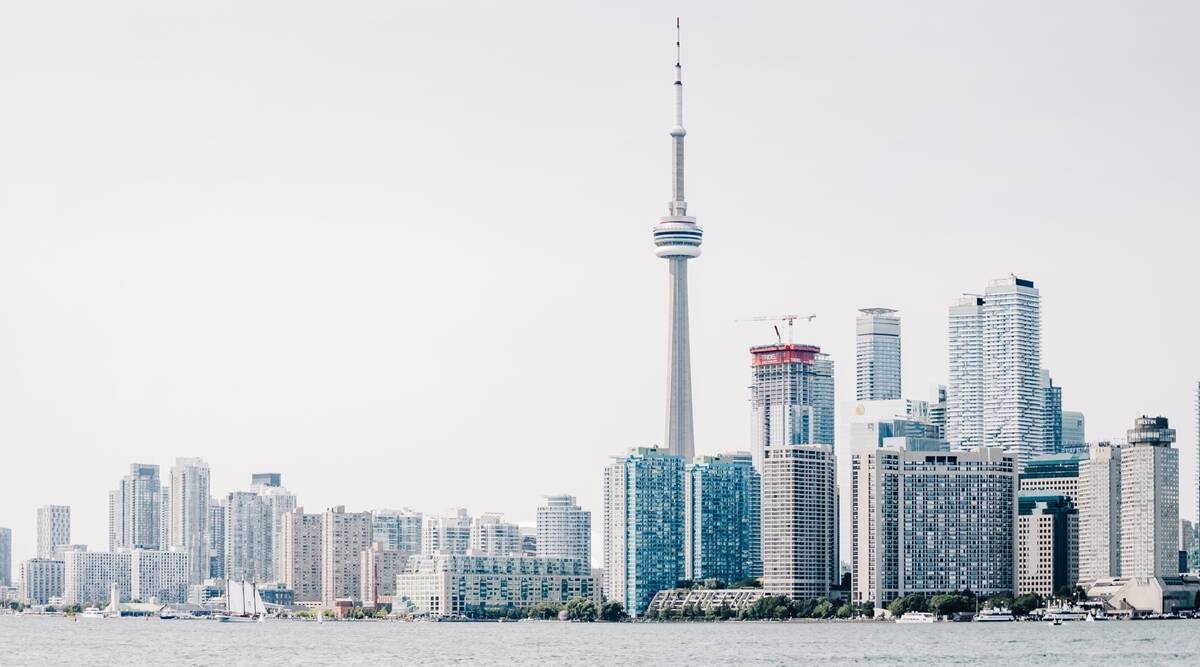
07/04/2025
New Delhi, July 4: India’s Russian oil imports rose to an 11-month high in June, further cementing Moscow’s continued dominance in New Delhi’s oil import basket. According to tanker data, Russian crude accounted for a massive 43.2 per cent of India’s total oil imports in June, outweighing the next three suppliers — West Asian majors Iraq, Saudi Arabia, and the United Arab Emirates — put together. This comes at a time when concerns have surfaced in India over a controversial bill in the US that proposes 500 per cent tariffs on countries that continue to trade with Russia. India and China are the top importers of Russian crude, and New Delhi is engaging with American lawmakers to voice concerns regarding its energy security and the bill.
In a recent press conference in Washington, Foreign Minister S Jaishankar said that India’s concerns and interests on energy have been" made conversant" to Republican Senator Lindsey Graham, who is a key sponsor of the bill. Jaishankar added that India will “have to cross the bridge when we come to it, if we come to it”. In a recent interview with ABC News, Graham had said that US President Donald Trump encouraged him to advance the bill after the July break of the US Congress.
It is yet to be seen if the bill, which Graham says would equip the US to force Russia to negotiate the end of the war in Ukraine, will turn into law in its current form. If that does happen, India would be pushed to cut down oil imports from Russia and increase imports from other suppliers, which could increase the cost of imports. It could also lead to complications in India’s ongoing trade pact negotiations with the US, its largest trading partner. Currently, Indian refiners are adopting a wait-and-watch approach on the matter, while keeping Russian oil flows into India robust.
India depends on imports to meet around 88 per cent of its crude oil needs, and Russia has been the mainstay of India’s oil imports for nearly three years now. With much of the West shunning Russian crude following the country’s February 2022 invasion of Ukraine, Russia began offering discounts on its oil to willing buyers. Indian refiners were quick to avail of the opportunity, leading to Russia—earlier a peripheral supplier of oil to India—emerging as India’s biggest source of crude, displacing the traditional West Asian suppliers. While the discounts have varied over time, Russian oil flows to India have remained robust despite Western pressure and limited sanctions on Russia’s oil trading ecosystem. Booming oil trade with Russia has also catapulted the country to the list of India’s biggest trading partners.
On its part, India has maintained that it is willing to buy oil from whoever offers the best price, as long as the oil is not under sanctions. To be sure, Russian oil itself is not sanctioned, but the US and its allies have imposed a price cap of $60 per barrel, as per which Western shippers and insurers cannot participate in Russian oil trade if the price of Moscow’s crude is above that level.
In June, India imported 2.08 million barrels per day (bpd) of Russian crude, the highest since July 2024, and higher by 12.2 per cent on a month-on-month basis, according to vessel tracking data from global commodity market analytics firm Kpler.
“This resurgence in Russian volumes reflects both commercial incentives and geopolitical realignments. Russian barrels have remained highly competitive due to discounts, payment mechanisms, and logistical flexibility via alternative shipping and insurance networks. Despite mounting Western sanctions, Indian refiners have managed to maintain—and even expand—procurement from Russia. Barring any severe logistical or regulatory disruptions, this trend is likely to persist in the coming months,” said Sumit Ritolia, Lead Research Analyst, Refining & Modeling at Kpler.
“Looking ahead, Russia will likely remain India’s largest crude supplier (35-40%) supported by price competitiveness and techno-economics. However, this dominance could face pressure if the West escalates enforcement of secondary sanctions targeting financial or shipping facilitators. Such a scenario could either reduce Russian volumes or push Indian refiners to seek greater compliance safeguards,” Ritolia added.
Imports from West Asia remain significant but show signs of increasing volatility. Oil imports from Iraq—India’s second-largest crude supplier—were around 893,000 bpd in June (down 17.2 per cent sequentially), followed by Saudi Arabia with 581,000 bpd (flat sequentially), and the UAE at 490,000 bpd (up 6.5 per cent from May). Despite having lost market share to Russia in recent years, proximity and reliability of West Asian suppliers—particularly Saudi Arabia, Iraq, and the UAE—mean that they will remain core contributors to India’s crude slate. In June, Iraq had an 18.5 per cent share in India’s oil imports, followed by Saudi Arabia with 12.1 per cent, and the UAE with 10.2 per cent. The US retained its position as India’s third-largest supplier of crude oil in June, with import volumes of around 303,000 bpd and a market share of 6.3 per cent.
According to Kpler’s analysis, oil imports from West Asia are expected to stabilise in the 35–40 per cent range, and meanwhile India is expected to sustain its diversification efforts by tapping additional volumes from Africa, Latin America, and the US to optimise refinery economics, balance geopolitical exposure, and enhance energy security.
Geopolitical shifts, freight economics, and refinery economics are expected to continue shaping India’s crude sourcing decisions.
While desirable for crude blending and refinery optimisation, US crude remains relatively high-cost for Indian refiners due to higher freight and longer voyages, and has so far seen limited scope for expansion. Unless freight costs become more favourable or a diversification push is triggered by instability in other regions, industry watchers say it is unlikely that imports from the US and Latin America would grow substantially in the short term.-Agencies






